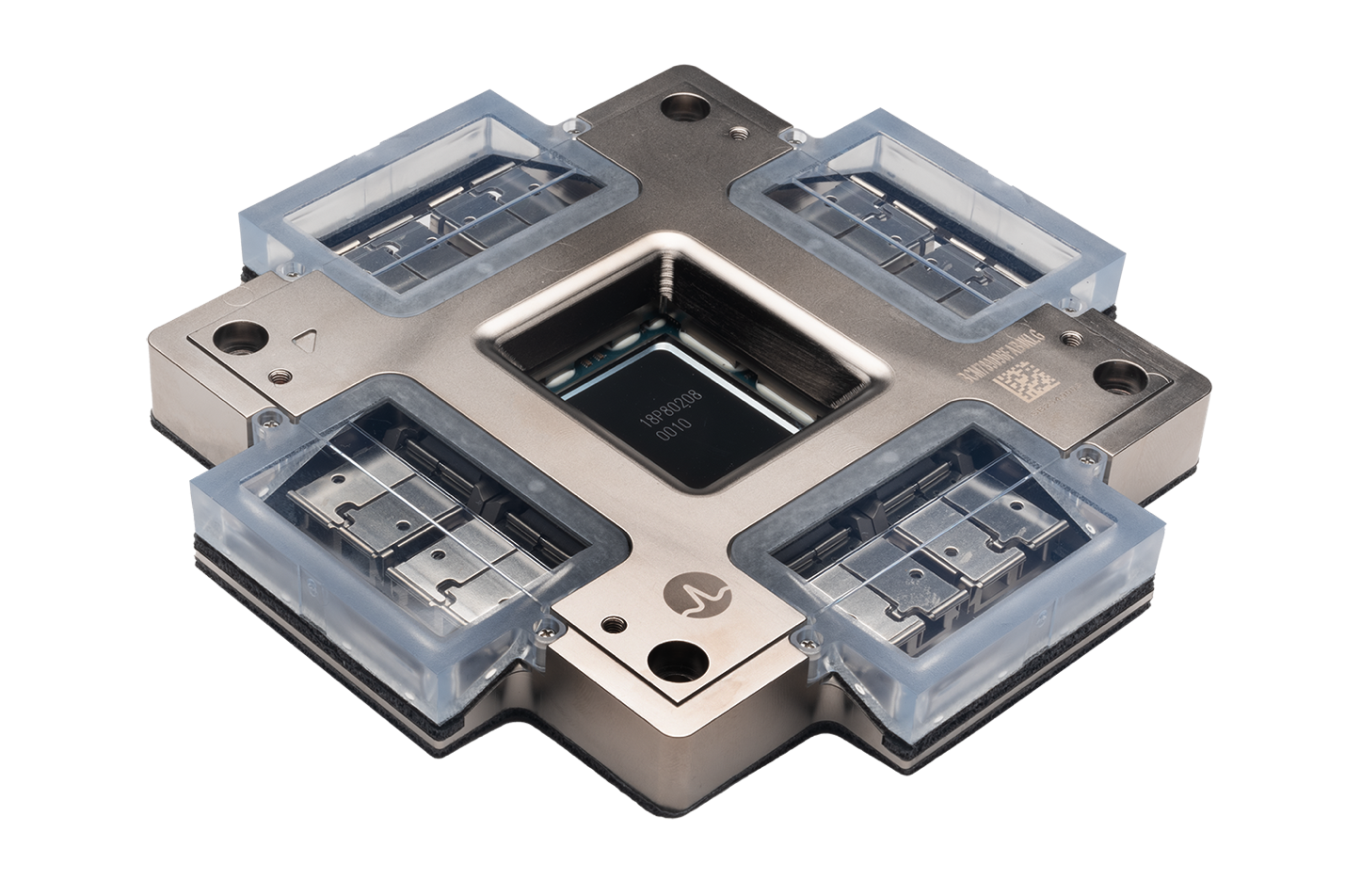-

-
400 South Salina St. Suite 201,
Syracuse, NY 13202
RESOURCES
Insightful. Extensive. Interactive
Browse through our exhaustive resources to know about cables!
LEARN WITH US
Explore our vast and insightful resources to know more about how our innovative and best-in-industry products can enhance your data center and business. From interactive videos, informative white papers, and the latest blogs, our resource section has it all!
BLOGS
Learn about extensive cabling products in our blogs written by industry experts. Our blogs are easy to comprehend, relatable to your business, and are in-sync with the latest industry trends and norms.
Introduction: A New Chapter in Optical Connectivity
-
Josh Taylor
Low-loss fiber connectivity is essential for modern AI data centers due to its ability to address key challenges like bandwidth, latency, energy efficiency, scalability, and communication accuracy....
-
Rick Dallmann
Starting a data center hardware upgrade is a significant undertaking, but if cabling has been left until the last minute, some key considerations can ensure you still achieve a successful outcome....
-
Josh Taylor
VIDEOS
Watch our interactive videos to know more about our products and their features. Specially created to be precise and simple, these videos feature industry experts sharing their knowledge related to real-time cabling characteristics.
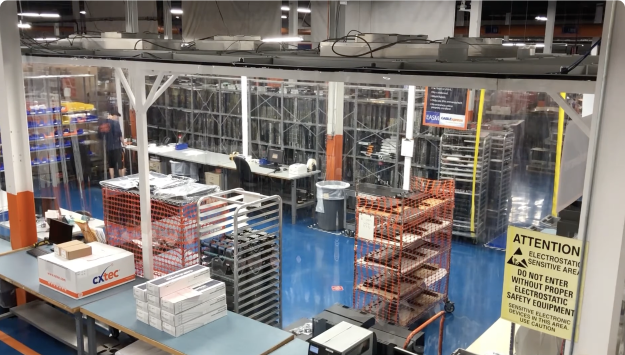
FIBER OPTIC CABLE CORE SIZES AND RATING TYPES - CABLEXPRESS® RESPECT LAYER ONE
Before you decide on the fiber cable suitable for your data server, we would strongly recommend that you understand the core sizes of the fiber cables and their ratings.
WATCH VIDEO
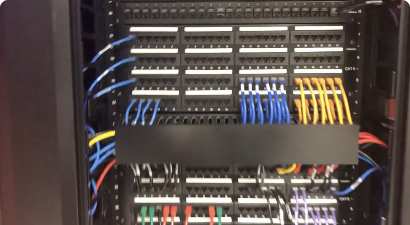
MPO CONNECTOR GENDERS - CABLEXPRESS RESPECT LAYER ONE
Learn the difference between male and female MPO (or MTP®) connectors, and the potential problems that can arise from getting them mixed up. With an MPO, the gender is determined by pins and receptacles for those pins.
WATCH VIDEO

DIFFERENCES BETWEEN MULTI-MODE AND SINGLE-MODE FIBER CABLES - CABLEXPRESS RESPECT LAYER ONE
Distinguish multi-mode and single-mode fiber optic cables based on physical and application differences. Multi-mode is commonly used in data centers and should be OM3 or OM4. Single-mode, used in long-haul applications, has higher cost active electronics.
WATCH VIDEO
WHITE PAPERS
Read our comprehensive white papers compiled by product experts on a gamut of topics that may impact your cabling requirements and knowledge. These white papers are your solution to in-depth knowledge of everything you need to know about cables!
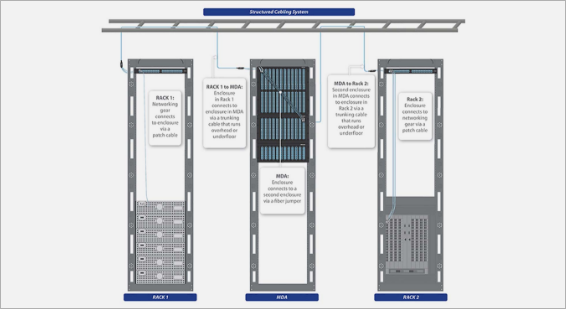
DATA CENTER STRUCTURED CABLING GUIDE
Businesses need efficient data centers due to rising data flow. Designs must be scalable, space-saving, and energy-efficient. Point-to-point cabling is outdated, leading to increased costs. Structured cabling improves uptime, scalability, and ROI, reducing technology footprint and operating expenses in high-density data centers.
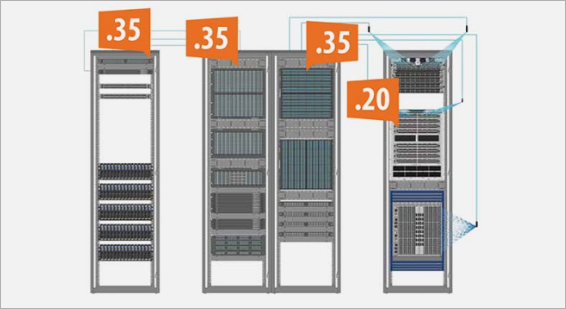
UNDERSTANDING FIBER OPTIC LOSS BUDGETS
Data center managers face challenges with implementing and maintaining manageable cabling for fast IT hardware, such as 400Gb Ethernet and 256Gb Fibre Channel, due to the tiny fiber optic loss budgets for high-speed topologies. Building structured cabling that supports current speeds and increased data rates from Ethernet Alliance and Fibre Channel Industry Association is even more challenging.
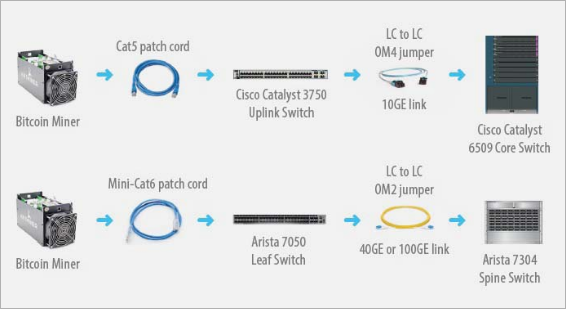
DATA CENTER CABLING DESIGNS FOR CRYPTOCURRENCY
A cryptocurrency data center typically has crypto mining machines that manage transactions and complete them. Crypto Mining hardware varies in hash power, power efficiency, monthly cryptocurrency earned, and cost.
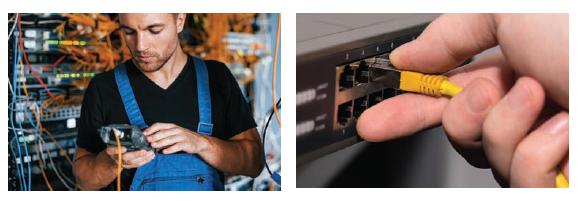
CABLExpress Installation
Best Practices Guide
Implementation of these outlined installation best practices will ensure the best environment for proper functioning of your CABLExpress cables. These guidelines help improve operations by minimizing the risk of failure due to inadequate planning, mishandling of fiber cabling, improper testing, and reducing installation time.
Guides
Stay up-to-date on the latest advancements in network and data center innovation with our comprehensive guides, designed for IT professionals, network administrators, and decision-makers.
.jpg)
Data Center Infrastructure and Cabling Solutions Guide
Businesses today face challenges with managing large data volumes, rising energy costs, and ensuring smooth security and scalability. Discover how optimized hardware systems, incorporating high-performance cabling solutions and robust data center infrastructure products, can help improve system uptime and facilitate efficient energy consumption.


